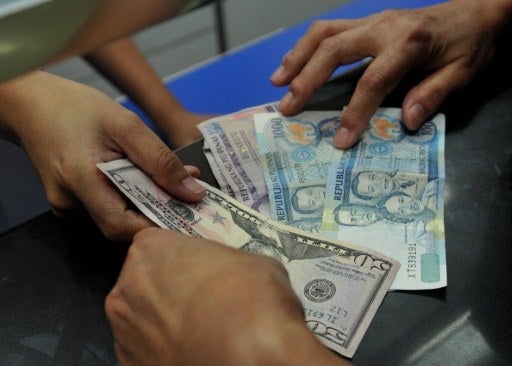/ OFW remittances up 3% in May, hit $2.78B
OFW remittances up 3% in May, hit $2.78B

MANILA -Personal remittances from overseas Filipino workers (OFW) increased by 2.9 percent to reach $2.78 billion in May from $2.7 billion in the same month last year amid a strong adoption of digital transfer platforms.
The growth of inflows in May was faster than the 2 percent observed in the same month of 2022, but slower than the 3.8 percent recorded a month earlier in April.
The Bangko Sentral ng Pilipinas (BSP) attributed the continued growth in May to increases in inbound money transfers from both land-based and sea-based overseas.
Also, the May readout brought the total for the first five months of this year to $14.46 billion, an increase of 3.1 percent from $14.02 billion in January-May 2022.
Five-month growth this year was faster than 2.5 percent recorded for the same period of 2022.
Of total remittances, transfers coursed through banks increased by 2.8 percent to $2.49 billion from $2.43 billion. Transfers mostly came from the United States, Singapore and Saudi Arabia.
Earl Melivo, head of WorldRemit in the Asia-Pacific region, said in an interview with the Inquirer that remittances were poised to keep growing even if the global alert on COVID-19 being a pandemic has been lifted and economies are normalizing.
“This doesn’t affect remittances at all [because] the host countries [of overseas Filipinos] have already opened up or relaxed their restrictions, probably starting two years ago,” Melivo said.
He said that, in fact, what’s helping keep remittances growing was the continuing expansion of transfer made digitally.
“In the last three years, we’ve seen rapid growth [in the use of] mobile wallets,” Melivo said. “One of the silver linings of this pandemic is we’re all forced to go digital. So even on the receiving side, those who used to receive via cash, are now actually conveniently receiving them 24/7 through mobile wallets.”
Even then, he said bank transfers continue to go strong because banks were more flexible now more than ever.
“It’s quite easier for you to open a bank account now, even digital ones,” Melivo said. “So we’re seeing a lot more volumes going to bank accounts in the Philippines.”















